Interactions with State-of-the-Art AI to reach Zero-Defect, Zero-Accident, and Zero-Burnout in a Production Environment
Human AI
Aim
The aim is to build adapted AI methodologies that allow for interactions between industrial machines and/or robots with a human operator in order to assist him/her in the execution of his/her tasks.
What's at stake
Industry 5.0 as defined by the European Commission provides a vison of industry that aims beyond just efficiency and productivity. It places the wellbeing and safety of the worker at the centre of the production process and uses new technologies to provide prosperity while respecting the limited resources of the planet. A production environment with zero-defect, zero-accident and zero-burnout aims exactly in this direction and contributes in this way to already implement Industry 5.0.
Challenges
There are a number of challenges linked to human-machine interactions in this context:
- Combining and processing data resulting from different sources (sensors, historical data, event logs, etc.) including data that are more difficult to quantify such as those related to mental health;
- Based on this data, ensuring that the algorithms developed generate real-time added value information for the human operator;
- Finding the most appropriate modes of communication to allow for a human-machine dialogue with the operator being able to make recommendations and the machines reporting potential bias or dysfunctions (AI supervising humans and humans supervising AI);
- Managing complex networks of interacting smart devices in a robust and resilient way, so that a minority of devices cannot imperil the whole system.
AI possible solutions
As AI permeates an increasing part of our daily lives, the field of Explainable AI (XAI) has gained importance to ensure that those who are not experts and yet need to use AI systems can do so while remaining in a supervising position. Explored technologies may also include distributed ledger technologies (DLTs), the simplification of complex neural networks for low-power execution on the edge or the division of large, complex AI systems into small, explainable sub-components. An exciting challenge for our AI researchers.
Key AI tech topics
- Multi-domain data sources
- Data domain adaptation
- Object and action recognition
- Edge computing
Get in touch
Marouene Oueslati (marouene.oueslati@sirris.be)

